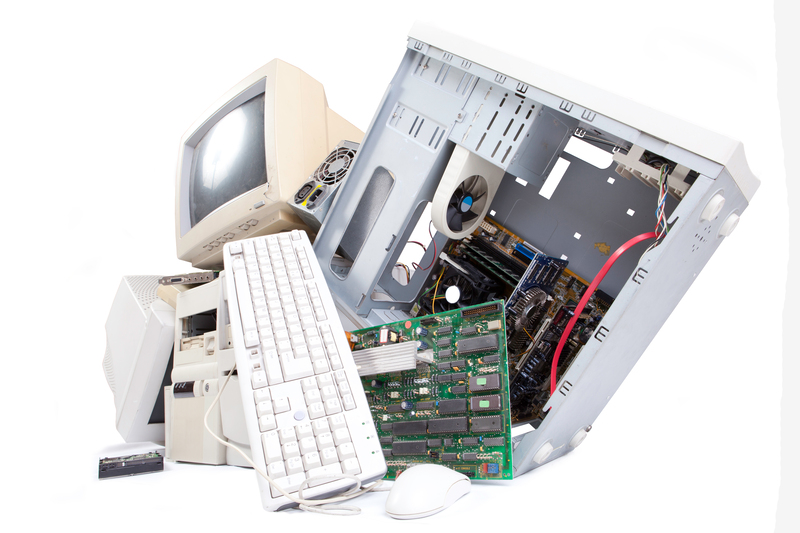Why Responsible Disposal of PPE Waste Matters
The global COVID-19 pandemic has heightened the use of Personal Protective Equipment (PPE) across all sectors. From healthcare settings to daily public interactions, items like masks, gloves, gowns, and face shields have become essential for protection and safety. However, this surge in PPE consumption has given rise to an equally urgent matter: how we dispose of PPE waste. Responsible disposal of PPE waste is critical for environmental sustainability, public health, and the wellbeing of communities worldwide.

Understanding PPE Waste
PPE waste includes a variety of items, such as:
- Masks (surgical, N95, cloth masks)
- Gloves (latex, nitrile, vinyl)
- Gowns and aprons
- Face shields and goggles
- Shoe and head covers
The improper disposal of these items contributes to a mounting waste crisis. Most PPE waste is designed for single-use and crafted from non-biodegradable materials, posing a significant threat to ecosystems if not handled responsibly.
The Growing Problem: PPE Waste During and After the Pandemic
The scale of PPE waste since 2020 is unprecedented. According to recent studies, the world used an estimated 129 billion face masks and 65 billion gloves every month during the height of the pandemic. Unfortunately, much of this protective gear has ended up in landfills, forests, rivers, and oceans. The primary dangers stem from:
- Environmental pollution: Non-biodegradable PPE items degrade very slowly, adding to landfill stress and pollution.
- Threats to wildlife: Animals can ingest or get entangled in discarded PPE, leading to injury or death.
- Spread of infection: Used PPE can harbor harmful pathogens, increasing the risk of further disease transmission.
Environmental Impacts of Improper PPE Waste Management
1. Plastic Pollution and Microplastics
Most PPE products are made from synthetic polymers like polypropylene and polyurethane. When discarded inappropriately, these items break down into microplastics, contaminating soil and water bodies. Microplastics have already been detected in human and animal tissues, posing unknown but potentially serious health consequences.
- Oceans and Waterways: Discarded PPE is often seen floating in rivers and oceans, threatening marine biodiversity.
- Soil Degradation: PPE residue in soil can disrupt microbial life and plant health.
2. Wildlife Hazards
The improper dumping of masks, gloves, and other PPE items has resulted in alarming effects on wildlife. Birds, marine animals, and terrestrial creatures have become victims of PPE ingestion and entanglement. Conservationists report a sharp increase in such incidents since the pandemic began.
- Ingestion: Animals mistake PPE items for food, leading to blockages and fatal consequences.
- Entanglement: Straps and elastic bands on PPE have caused injuries, limited movement, and even death among wildlife.
3. Overburdened Waste Management Systems
Municipal waste management infrastructure worldwide was unprepared for the sheer volume of PPE waste. Hospitals, clinics, and even households increased their waste output dramatically. In some regions, incinerators and landfills have struggled to keep up, resulting in unsafe and unsustainable disposal practices.
Public Health Risks Associated with Improper PPE Waste Disposal
1. Risk of Pathogen Transmission
Used PPE waste can harbor active viruses and bacteria. If not handled and disposed of properly, these pathogens can spread to waste pickers, sanitation workers, and even members of the community. Handling infectious waste without adequate protection invites significant public health risks.
2. Secondary Outbreaks
Improperly discarded PPE in public areas--such as streets, parks, and transport hubs--can become sources of secondary outbreaks. Children or adults who come into contact with contaminated masks or gloves may inadvertently expose themselves to pathogens, providing fresh channels for disease transmission.
3. Water and Soil Contamination
The leakage of hazardous chemicals from decomposing PPE into groundwater and the soil affects food safety, drinking water, and overall ecosystem health. These pollutants can accumulate up the food chain, ultimately impacting human health as well.
Understanding Responsible PPE Waste Disposal
What Is Responsible PPE Waste Disposal?
Responsible PPE waste disposal refers to methods and practices that minimize negative impacts on the environment, public health, and wildlife. It encompasses not only the initial disposal but also the processes of collection, treatment, and final disposal in a way that prioritizes sustainability and safety.
Key Strategies for Responsible PPE Waste Management
- Segregation: Separating PPE waste from regular household or industrial waste is crucial for safe handling and recycling.
- Safe Disposal Methods: This can include incineration in controlled facilities, autoclaving (heat disinfection), or specialized landfilling for medical waste.
- Education: Informing the public and workers about the importance of proper PPE disposal encourages responsible action.
- Recycling Innovations: Some companies and research groups have developed processes to recycle certain types of PPE, converting them into useful materials or energy.
Benefits of Responsible PPE Waste Practices
1. Environmental Conservation
The responsible management of PPE waste ensures less pollution in landfills, rivers, and oceans. Minimizing the release of microplastics and toxic chemicals helps maintain soil and water quality, protecting sensitive natural habitats.
2. Protection of Wildlife
By properly disposing of PPE, we reduce the likelihood of wildlife ingestion and entanglement incidents. This contributes to the preservation of biodiversity and the health of local ecosystems.
3. Enhanced Public Health
Managing PPE waste responsibly lowers the possibility of disease transmission to sanitation workers, healthcare staff, and the wider population. This plays a direct role in controlling existing and future outbreaks.
4. Supporting Sustainable Development
Effective PPE waste management aligns with United Nations Sustainable Development Goals (SDGs), notably those focused on good health, clean water, and responsible consumption and production.
Best Practices for Individuals and Organizations
For Individuals
- Never litter PPE items in public spaces. Always use designated waste bins for masks, gloves, and wipes.
- Cut the straps of masks and gloves before disposal to prevent wildlife entanglement.
- Do not flush PPE items down toilets or sinks, as this contributes to waterway pollution and blockages.
- If available, use take-back or recycling programs for PPE waste in your community.
- Follow local guidelines for PPE waste disposal, especially if you or a household member may be infected.
For Organizations
- Implement separate PPE disposal bins in workplaces, schools, and public buildings.
- Train staff on handling PPE waste safely to minimize risks of exposure and improper disposal.
- Partner with certified waste management providers with expertise in medical and hazardous waste.
- Promote the use of reusable PPE where appropriate to reduce single-use waste.
- Support and invest in research for biodegradable and recyclable PPE alternatives.
Innovative Solutions and Future Outlook
1. Biodegradable PPE Development
Researchers and manufacturers are increasingly focused on developing PPE from biodegradable materials. These innovations aim to provide similar protection while ensuring that discarded items break down harmlessly in the environment.
2. Advanced Recycling Technologies
Advanced recycling methods are being piloted to convert used PPE into building materials, fuel, or even new products. Pyrolysis, for instance, breaks down plastics into fuel components, offering a sustainable disposal option.
3. Community-Led Initiatives
Across the globe, grassroots organizations are leading campaigns to educate the public about responsible PPE waste disposal. These efforts include clean-up drives, awareness workshops, and the creation of easy-to-understand disposal guidelines.

Frequently Asked Questions (FAQs) About PPE Waste Disposal
Can I recycle disposable PPE?
Most single-use PPE items are not part of regular household recycling streams due to contamination and material challenges. Specialized facilities are required to safely recycle or repurpose them.
What should I do if my local waste system doesn't have PPE options?
Double-bag your PPE waste and place it in the general waste if your locality lacks dedicated PPE waste collection. Never burn or dump PPE in the environment.
Are reusable PPE options better for the environment?
Yes. Reusable PPE such as cloth masks and washable gowns, if properly cleaned and maintained, can substantially reduce the volume of waste generated.
Conclusion: Collective Responsibility for a Safer, Cleaner Future
The dramatic rise in PPE use has presented an unprecedented challenge for environmental management and public health systems. Responsible PPE waste disposal is not just a matter for hospitals and industries--it is a shared duty of every individual, business, and community. Only through conscious action, innovation, and education can we mitigate the adverse effects of PPE waste, protect our planet, and safeguard future generations.
Every piece of PPE disposed of properly is a step towards a healthier environment and a safer world. Make responsible PPE waste management a permanent habit today.